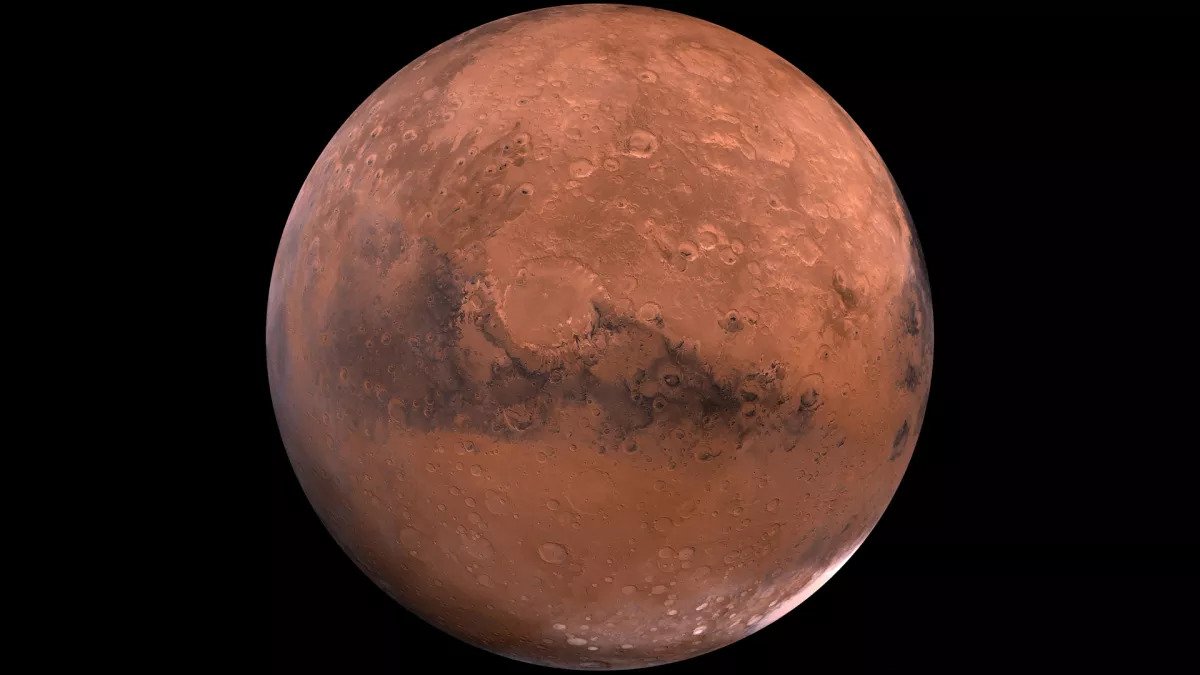Researchers have suggested that at a time when Mars was warm and humid on its surface, microbes that released methane could live. And it was their activity that could finally destroy the climate of the planet, and drive them into the depths of the planet.

Ancient microbes on Mars
Scientists continue to learn more about the conditions on ancient Mars. Recently, they suggested that at the beginning of its existence, the planet could have a fairly dense atmosphere of hydrogen. It caused a strong greenhouse effect, which created a temperature regime on the surface suitable for the existence of life similar to Earth.
But over time, this climate was completely destroyed. A group of scientists from the Institute of Biology of the Normal Higher School in France decided to find out whether the most ancient microbes that lived on Mars at that time could cause catastrophic changes.
They suggested that these microorganisms produced energy by converting the hydrogen of the Martian atmosphere into methane. Similar ancient microbes existed at that time on Earth. Researchers have built a model of the interaction of these living creatures with the Martian atmosphere.
How microorganisms destroyed their world
Approximately 3.7 billion years ago, the temperature on the surface of Mars ranged from -10 to 20 °C. The pressure of the atmosphere was also sufficient for rivers and lakes to exist on the surface among the glaciers.
And it was in such conditions that microbes could begin to emit methane. On Earth, we consider it a very powerful greenhouse gas. However, in fact, hydrogen is much more efficient in this capacity. And by replacing one substance with another, microorganisms essentially reduced the ability of the atmosphere to retain heat.
Gradually, the temperature on the planet dropped to -60 °C. Rivers and lakes froze, the atmosphere became thinner and microbes had to retreat deep into the rocks. Finally, according to the researchers, they could be at a depth of 1 km from the surface.
But even there, the lack of a hydrogen atmosphere could eventually kill them. If ancient microbes continue to exist somewhere deep under the surface of Mars, then they must get energy from other sources, for example, from volcanic activity.
Where to look for microbes on Mars
Despite the fact that according to the created model, the microorganisms should have been at a depth of 1 km, they once lived in the upper layers of the soil of Mars. And researchers have already identified at least three places on the surface of the red planet where their remains are most likely to be found.
Firstly, it is the Jezero crater. Once it was a lake and water streams flowed into it, leaving significant deposits of sedimentary rocks. Now their samples are being collected and preserved for sending to Earth by the Perseverance rover.
Secondly, the greatest chances of finding the remains of living beings near the surface are in those regions that were the warmest on Mars at that time. The highest temperature was then kept in the lowlands, where the atmospheric pressure was the highest. So the researchers propose to study the valleys of Hellas and Ithaca.
According to www.space.com
Follow us on Twitter to get the most interesting space news in time
https://twitter.com/ust_magazine
